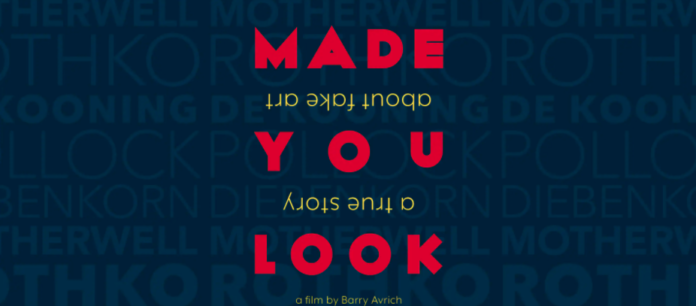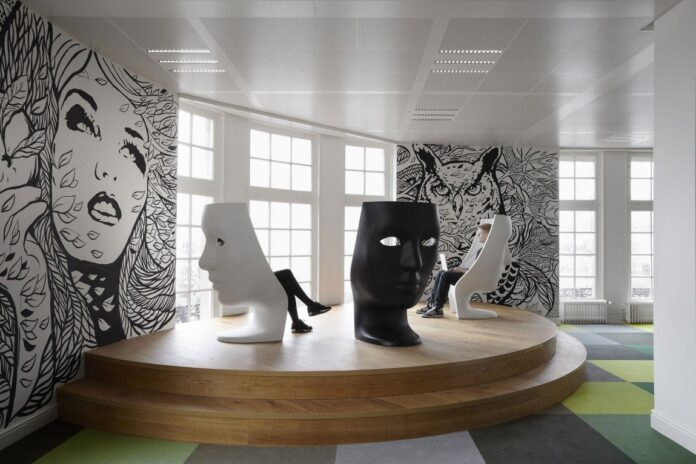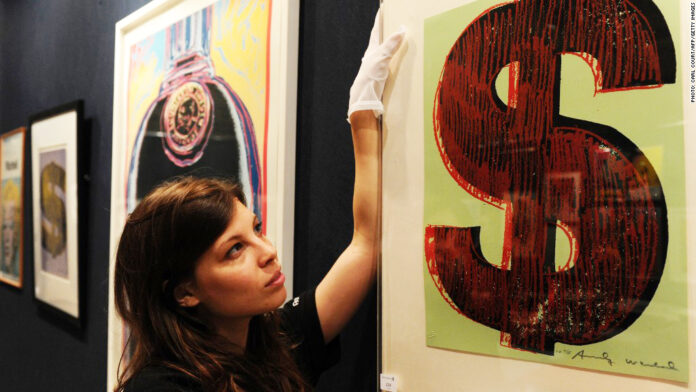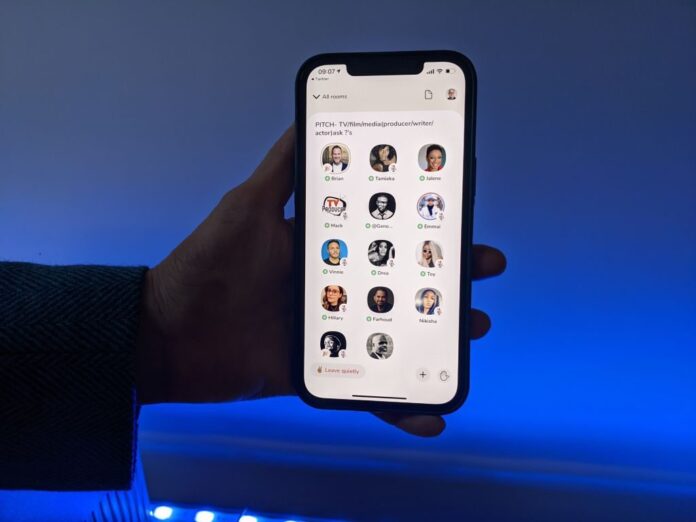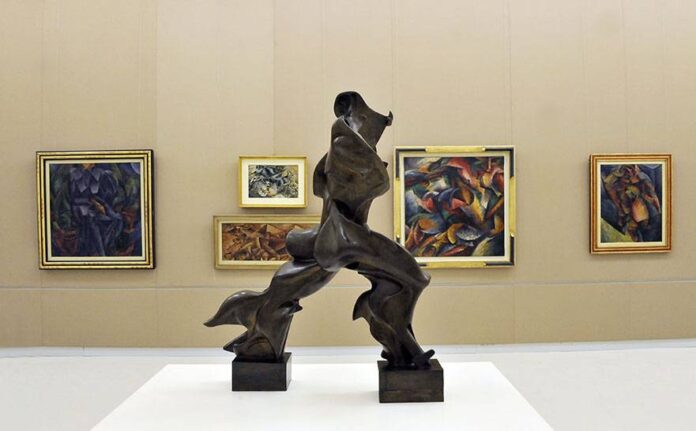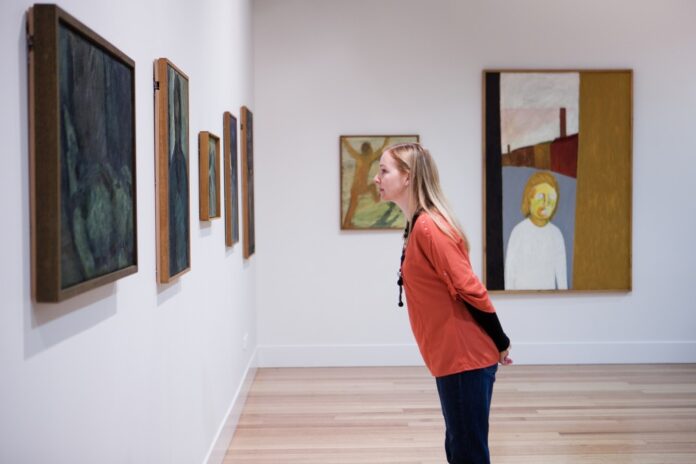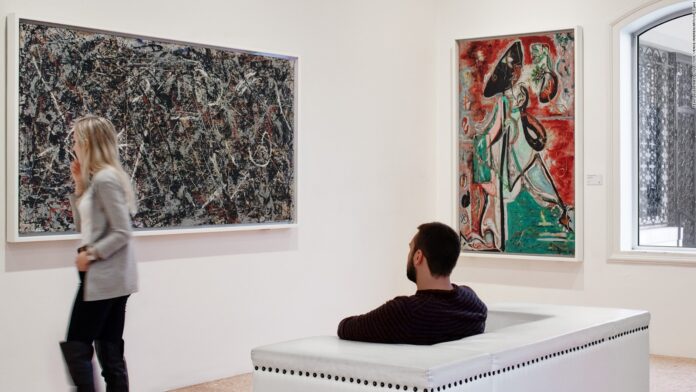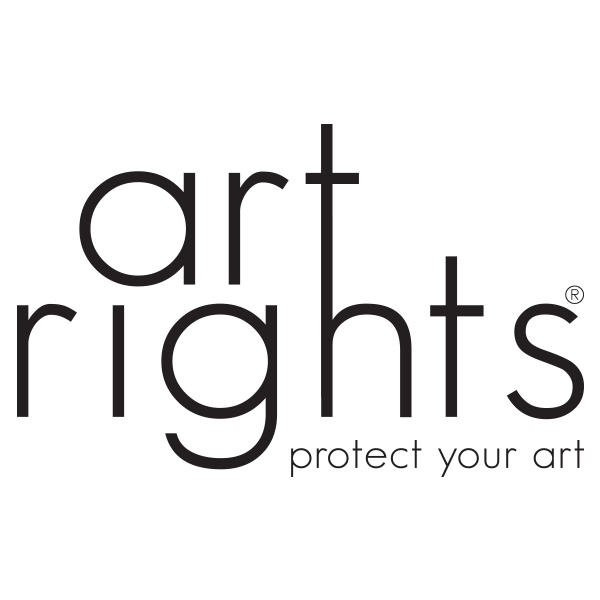Made you look: a docufilm on Netflix about Knoedler Gallery’s fake artworks
Rothko, Pollock, Motherwell and more: the famous New York gallery sold fake works for over $80 million. Let’s discover this incredible story
The Knoedler was one of the oldest and most prestigious art galleries in the world, with a history that began as early as 1846, and it handled works by both Old Master and Contemporary artists.
The documentary entitled “Made you look: A true story about fake Art”, directed by Canadian director Barry Arvich, since yesterday also available on Netflix, traces the events of the buying and selling of fake works that endured from 1994 until 2011, year in which the gallery had to close its doors.
In 1994, in fact, Ann Freedman, then director of Knoedler, was contacted by the mysterious Galfira Rosales, who claimed to be acting as a liason for an anonymous collector who allegedly owned over 40 works attributed to exponents of American Abstract Expressionism.
The works in question were totally lacking in certificates of authenticity and documentation, but the technique and manner in which they were made convinced not only Freedman, but a whole series of experts, critics and renowned historians in the art world, who confirmed the authenticity of the works of art.
This has led collectors, museums and institutions to acquire the fake works attributed to masters such as Pollock, Rothko, Motherwell and many others, for a total of over $80 million.
Over the years, several laboratory analyses, especially those carried out by the International Foundation for Art Research (IFAR) and the Dedalus Foundation, have shown a total discrepancy between the materials used in the forged paintings and the authentic ones, causing a whole series of complaints that led Knoedler to close down in 2011.
Galfira Rosales later stated that all of the works were created by Pei-Shen Qian, a Chinese immigrant living in Queens, New York.
In the documentary, Arvich interviews almost all the people involved in the scandal, but he also asks for an opinion from “external” experts, who stress the importance of the Certificate of Authenticity and of all the documentation relative to the Provenance in establishing the effective paternity of the work of art.
Today, in fact, all this information is forgotten, sometimes lost or even omitted, making the procedure of authentication, attribution and evaluation of works of art complex, affecting the market for fakes and the cultural and economic value of the same.
For this reason Art Rights was born, a digital platform that is innovating, digitizing and automating the process of authentication of works of art typical of Artist Archives, offering this opportunity also to Artists, Galleries, Curators, Museums and Professionals in favor of authenticity and historical tracking.
Photo Credits: Official poster of the Docufilm “Made you look: A true story about fake Art”

